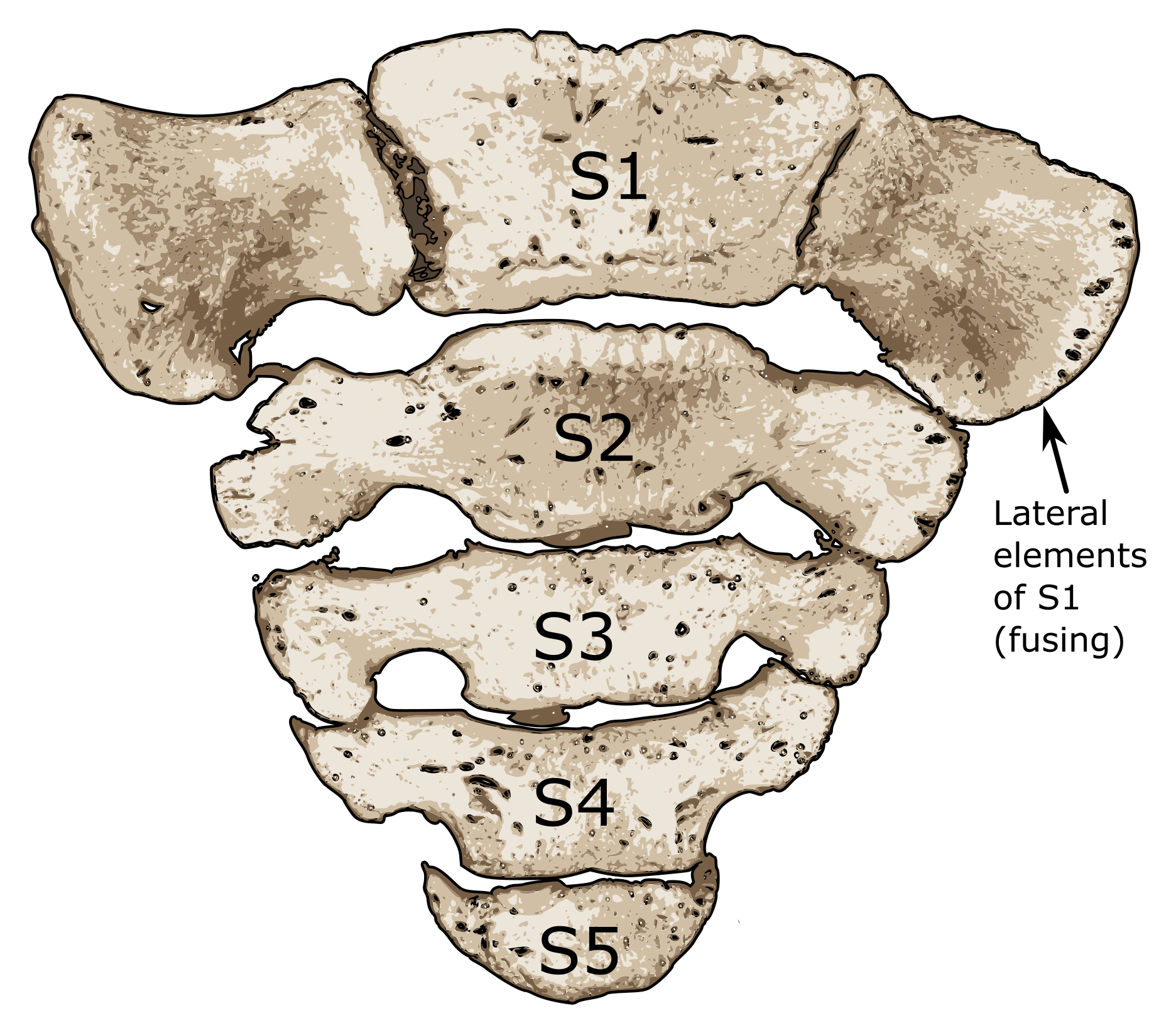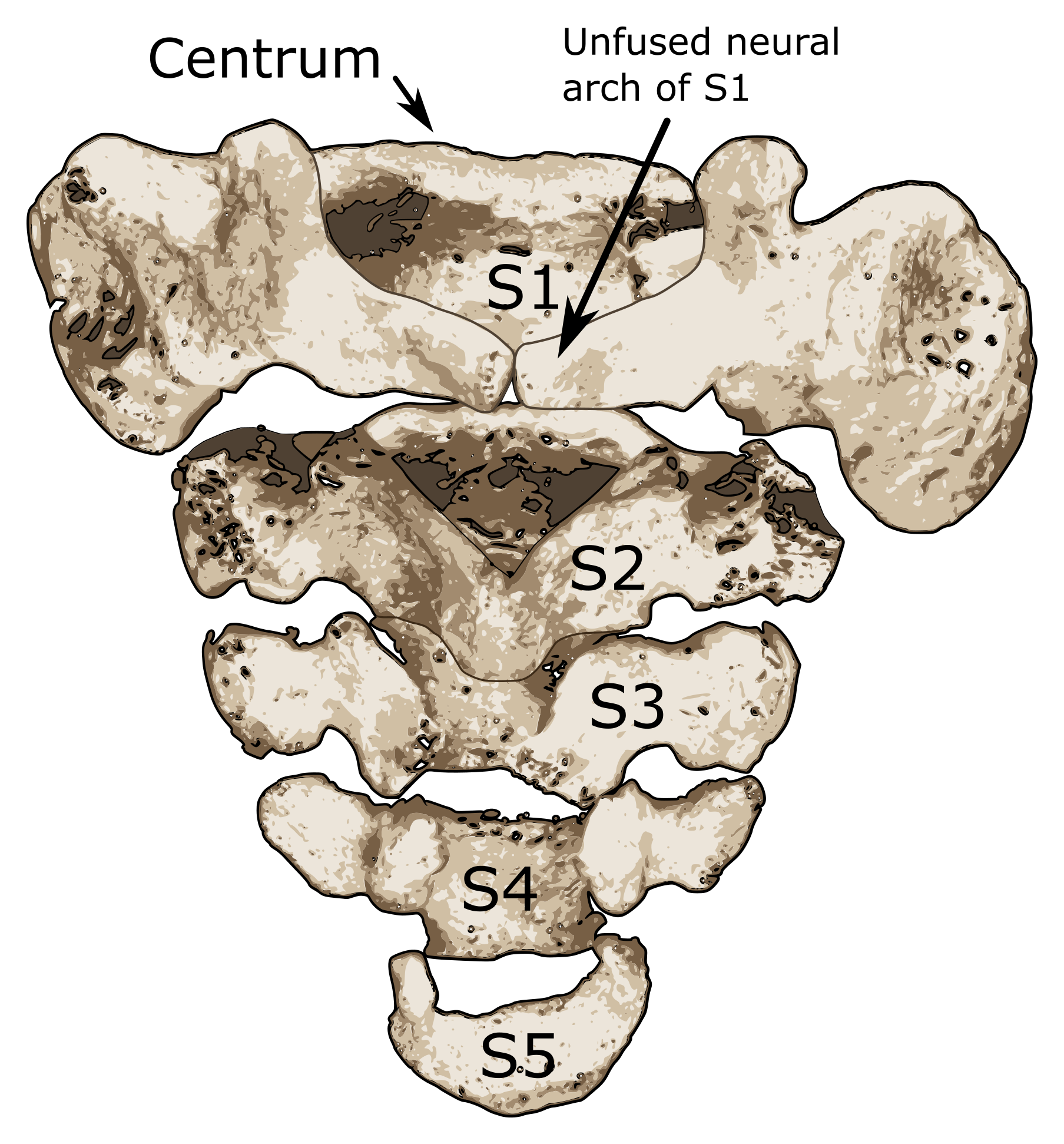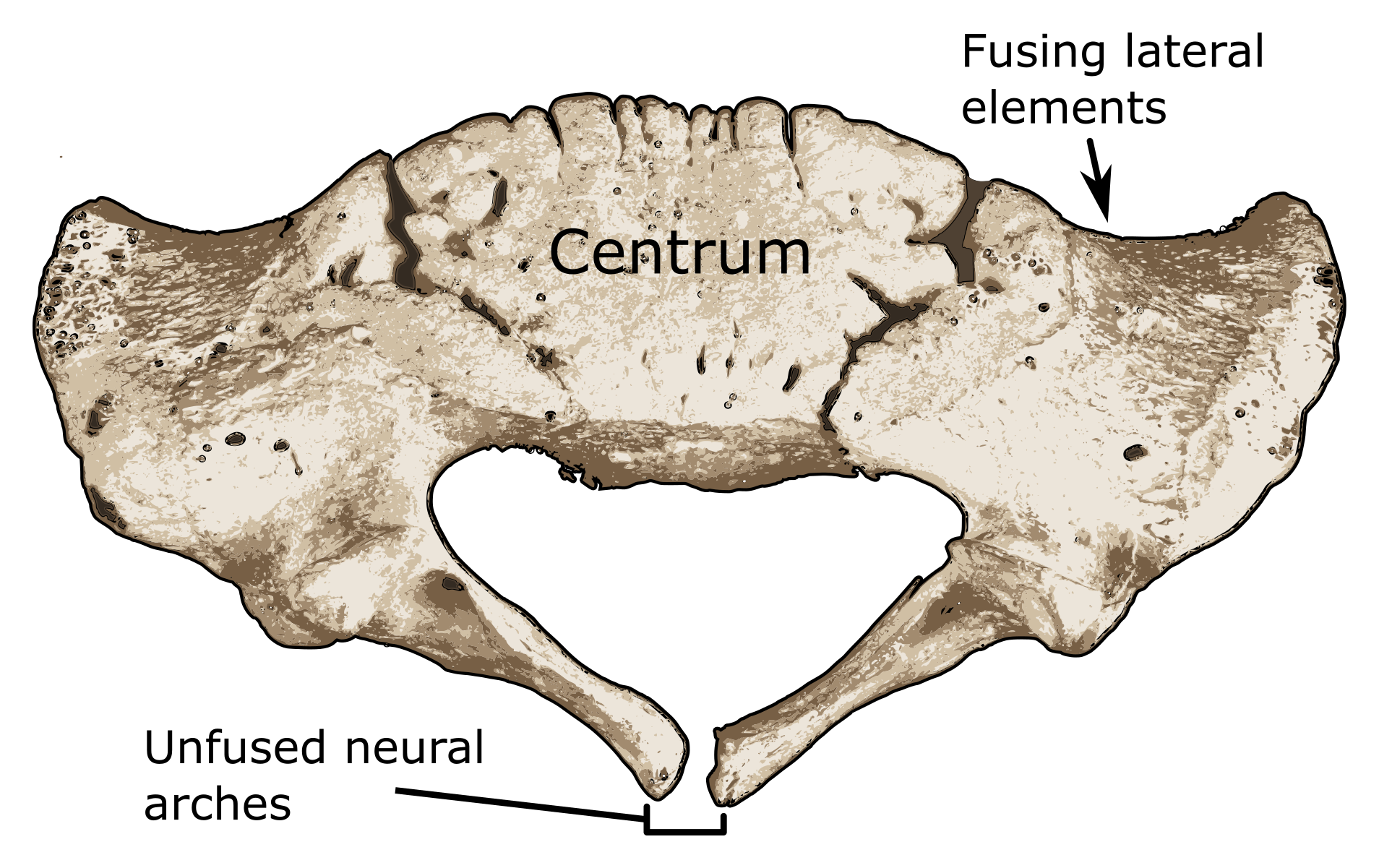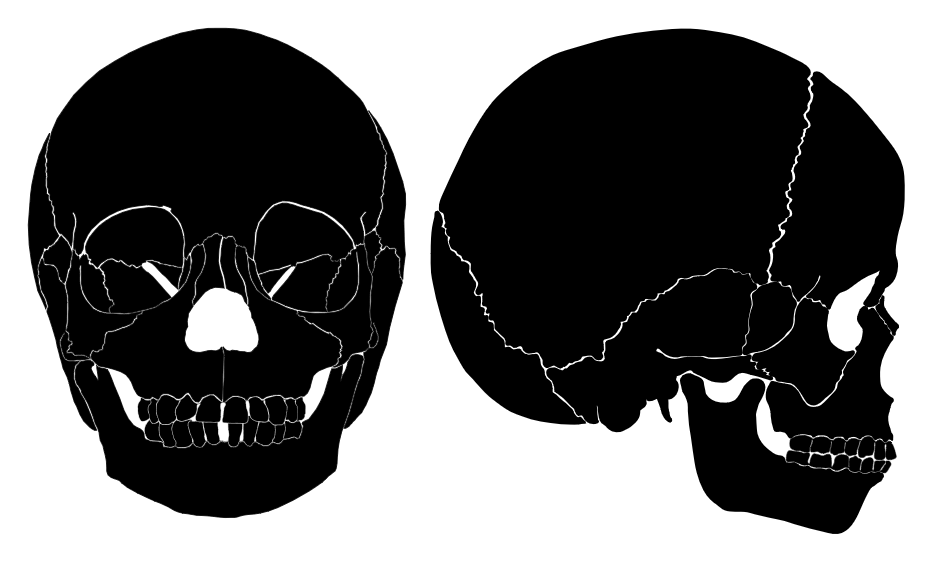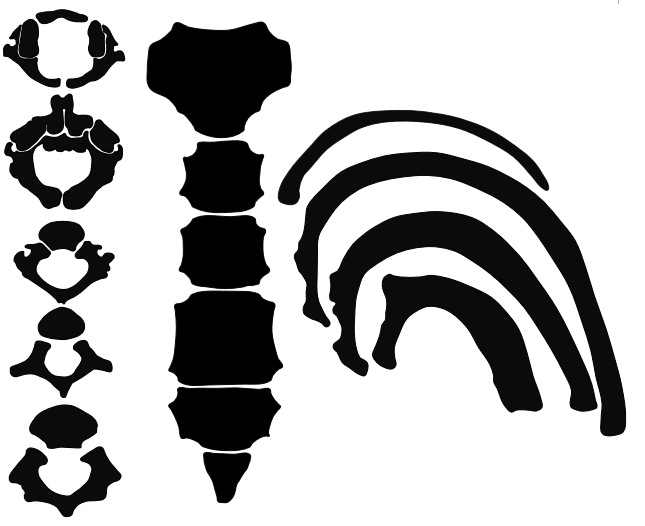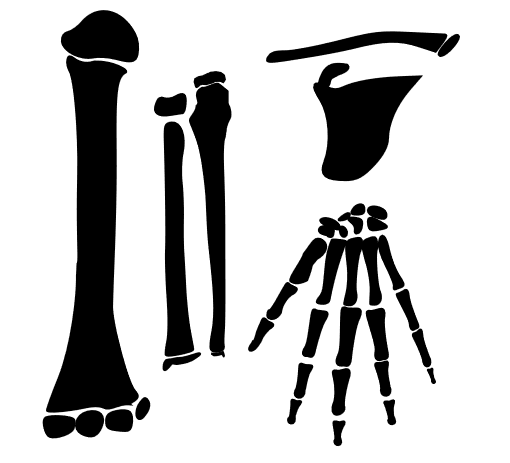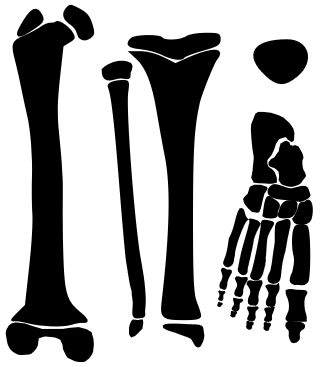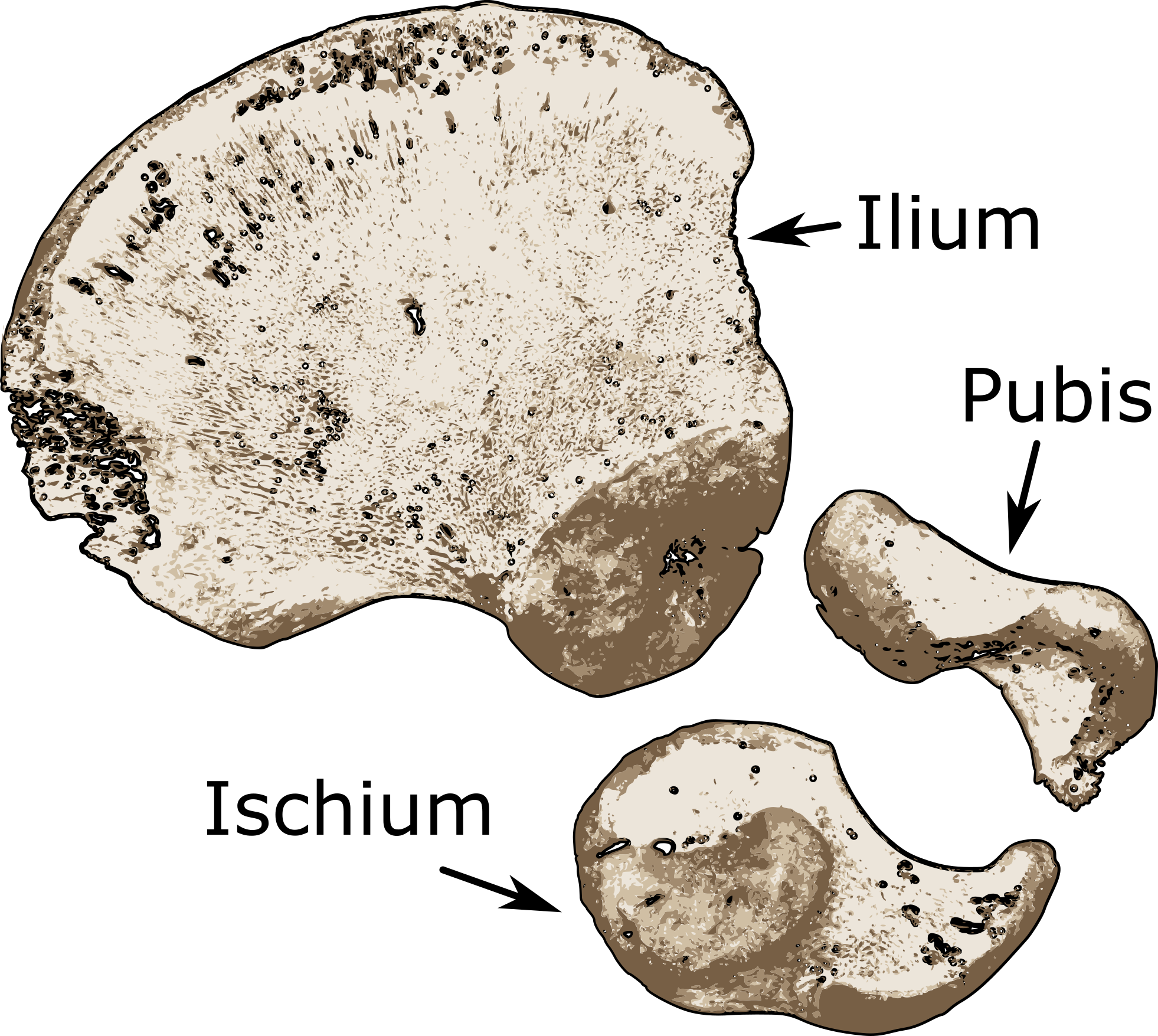
Right unfused os coxa of a perinate.
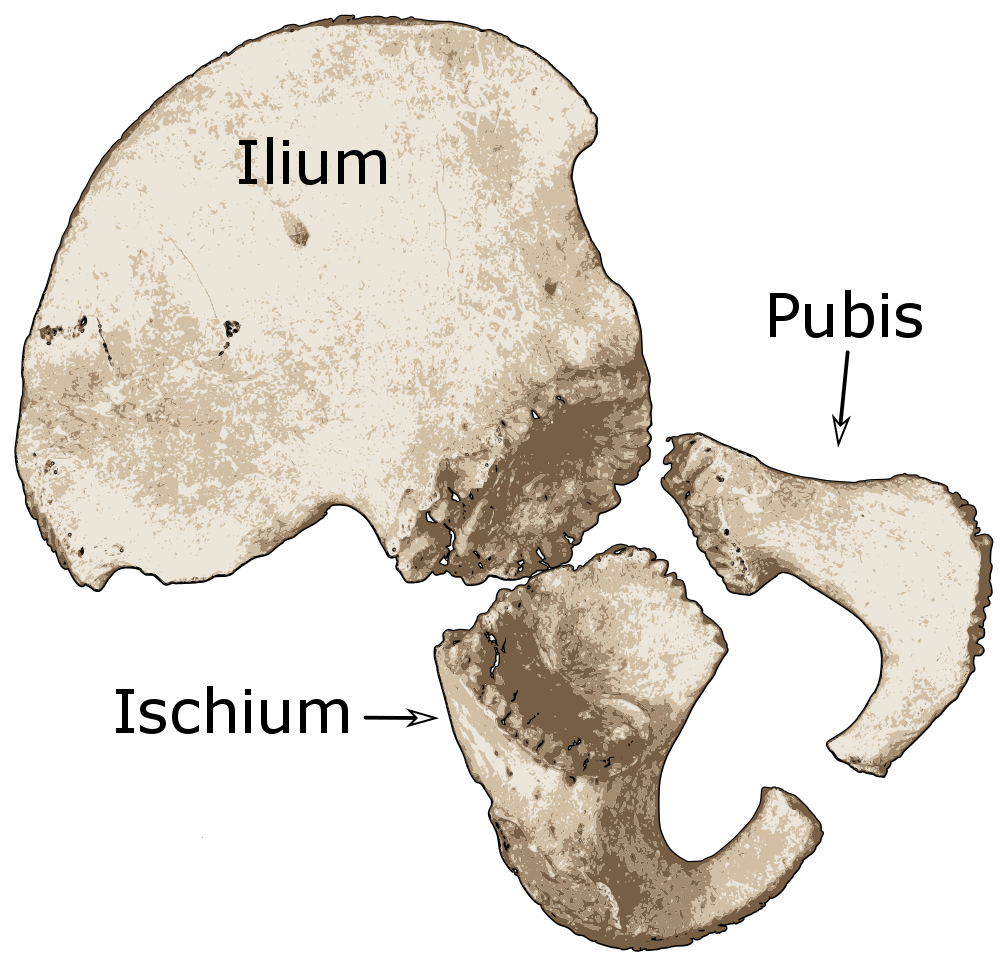
Right unfused os coxa of a child.
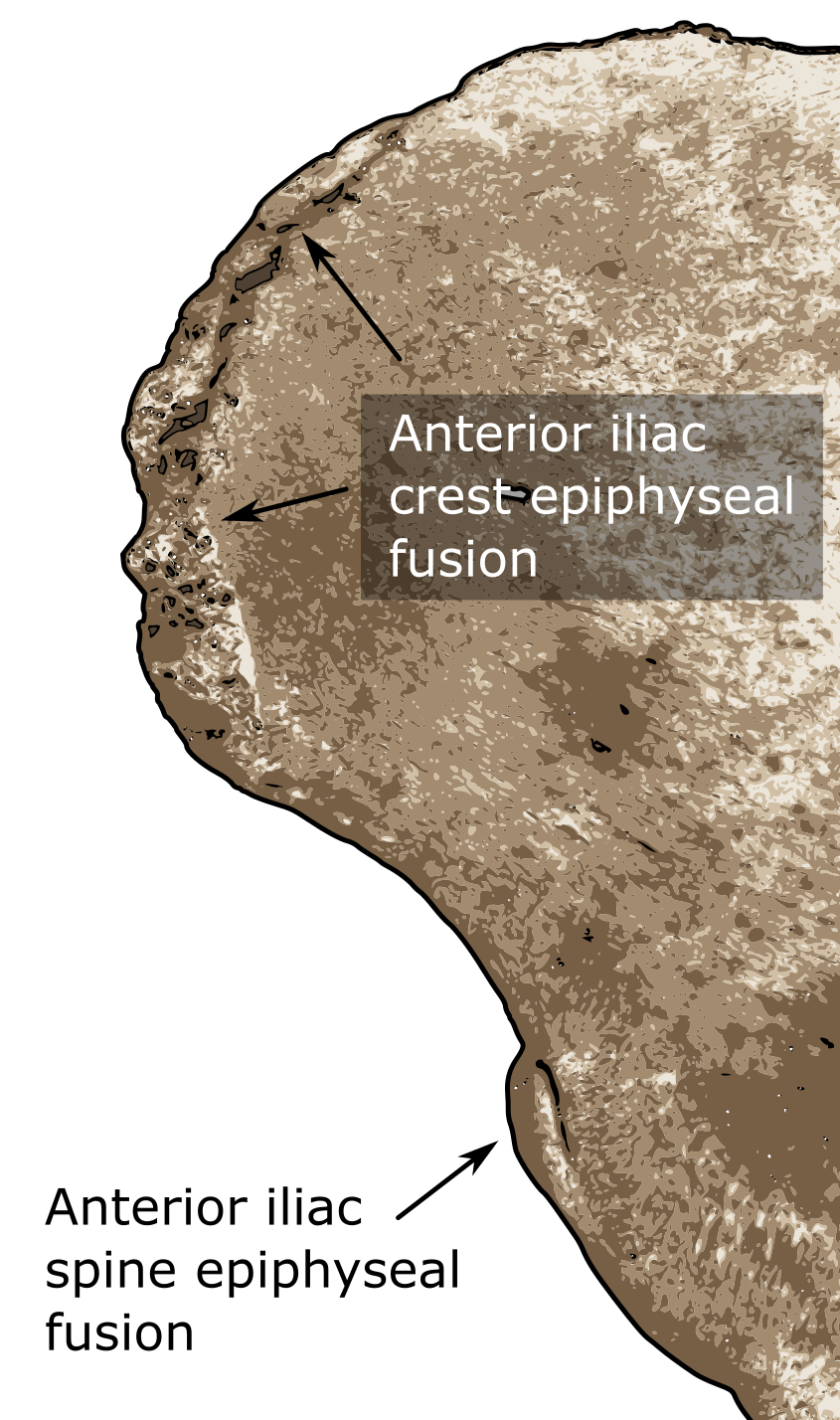
Oblique view of a right ilium showing a nearly complete fusion of the anterior inferior iliac spine and a fusing iliac crest.
Os coxa
At birth, all three bones of the os coxa are present: ilium, ischium, and pubis. These three bones do not all fuse together at the same time, but in a specific order at different times. Additionally, there are numerous small and ‘ossific islands’ that appear and fuse during growth and development, but only the bigger and main epiphyses will be discussed here.
Ischium and pubis
The first bones to fuse are the ischium and pubis along the ischiopubic ramus (Caffey and Madell 1956; Cardoso et al. 2013). This normally occurs in individuals around ages 5 to 8 years although earlier has been reported (Scheuer and Black 2004).
Around 14 to 18 years of age, the acetabulum begins and completes fusion, ossifying the ilium, ischium, and pubis together.
Ilium
Specifically for the ilium, around 10 to 13 years of age, the ossification center for the anterior inferior iliac spine appears and fuses between 14 and 18 (Maclean 2014).
The iliac crest begins ossification around 12 to 14 years in females and 14 to 17 in males. This epiphysis completes fusion between 17 to 22 years old (Scheuer and Black 2004; Buikstra and Ubelaker 1994).
Although there are many more centers of small and flaky epiphyses that begin ossification and fuse throughout this whole process, there is not enough space and not enough need to warrant a more in-depth discussion here.
Fusion of ischiopubic ramus
Estimated Age Range:
Fusion of all three bones at the acetabulum
Estimated Age Range:
Fusion of anterior inferior iliac spine
Estimated Age Range:
Fusion of iliac crest
